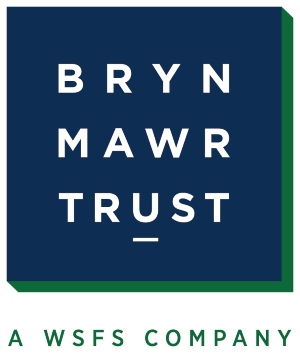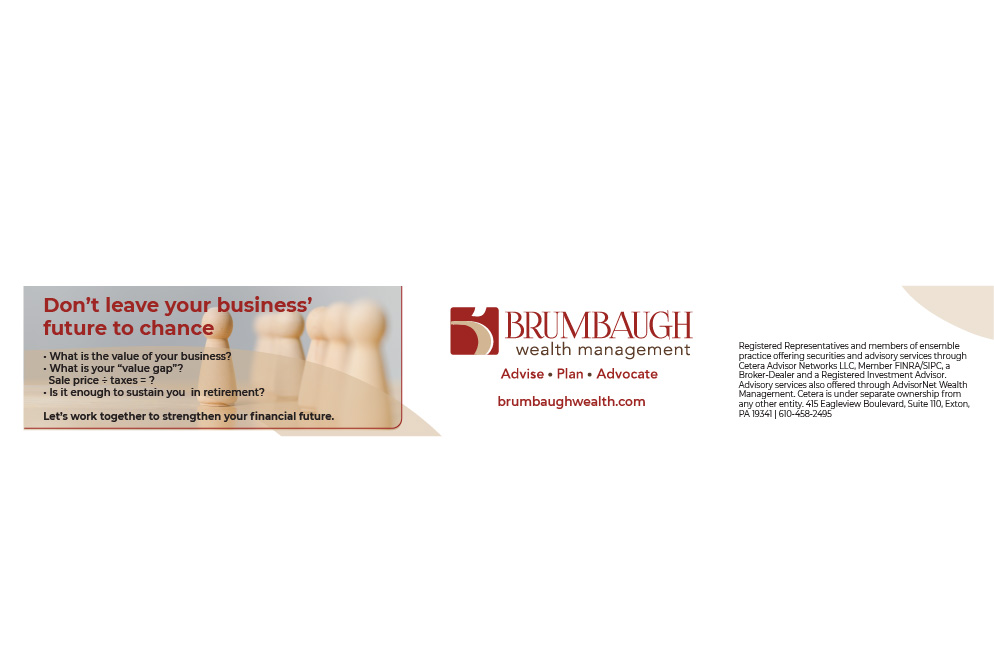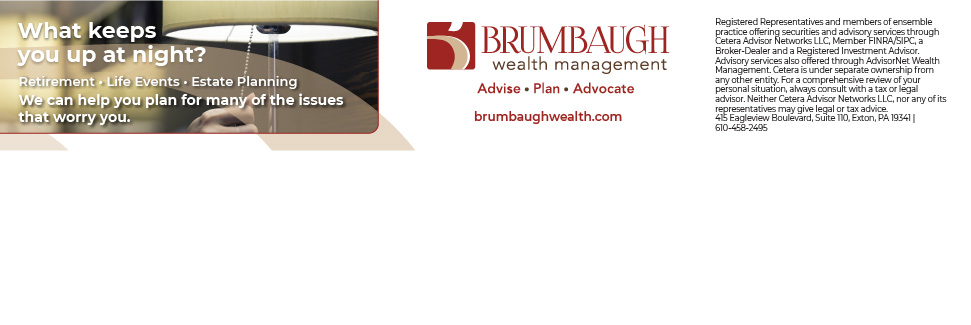Giving the Gift of Donations: A Guide to Maximize Year-End Charitable Giving and Tax Deductions

Six out of 10 American households are charitable, according to The Philanthropy Roundtable, and December is the month Americans make more charitable gifts than any other.* So how to make the most of your generosity? Here’s what to consider as giving season draws near.
Check Your List
Most people give to the same charities annually. Compare last year’s giving to what you’ve already done this year. If you don’t have a list, start now — track organization names, dates, and amounts. You’ll thank yourself next year.
Think Strategically
Now take another look at your list–do you still care about all those charities? Most people find their interests shift over time. Set your giving budget, assuming 90 percent will go to your core priorities and 10 percent to social obligations (memorial gifts, a charitable walk completed by a family member). Then consider if you could eliminate any organizations that are less important to you to make larger donations to causes you favor. As you consolidate your giving, you’ll also find you have more access to leadership and learning opportunities at the organizations you admire most.
Evaluate Your Charities
Want to know more about the impact of your gifts? Start by collecting the annual report, Form 990 (annual tax return), and audited financial statements of each organization you want to explore. Here’s what to look for:
- In the annual report, look for evidence of thought leadership and attention to root causes–is the agency simply addressing a problem as it presents today, or are they also working to prevent the problem from occurring in the future? Note whether the report focuses on the number of people served and programs offered, or on more thoughtful metrics.
- As you read Form 990, note the prior year comparison. Is the organization growing or contracting? Don’t bother comparing dollars spent on programs, fundraising, and administration; that part of the form is not helpful. Note that nonprofits typically spend the most on staff, then on a space to work (whether rented or owned). Read Schedule O, typically near the back of the return and the place where uncommon answers are explained.
- On the audit, the notes often offer interesting information — read them!
If you have questions or other concerns, call the organization directly. Speak to the development director and explain that you’re a donor and want to know more. If that person can’t or won’t help you, consider whether you want to continue giving.
Consider Appreciated Assets
Giving cash is often the least tax-advantaged asset. Do you have appreciated securities that would make a good charitable gift? No matter the current economic climate, if you’ve held assets in your portfolio for a few years, you may be able to consider a combination of rebalancing and gifting. Talk with your financial planner well in advance of the year-end deadline.
IRA Giving
If you’re 70½ or older, you can make Qualified Charitable Donations (QCDs) totaling up to $100,000 directly from your IRA. At 72, the amount of your QCD counts toward your Required Minimum Distribution. You pay no federal (and, depending on where you live, sometimes no state) income tax on the amount donated. This requires a special form that you submit to the holder of your IRA.
Timing Your Gift
If you’re sending securities to a charity, verify they can receive stock gifts and ensure it is sent at least a week before year-end; more time is better. Cash gifts cash sent via mail are credited to you based on the postmark date, but if you send a large check, either notify the organization in advance or call a week later to ensure receipt. For QCDs, complete and submit paperwork before early December to ensure an on-time transaction.
Giving Vehicles
Need more structure to your giving–better record-keeping of prior year gifts, the ability to simply and easily donate non-cash assets, or complete anonymity? Consider a Donor Advised Fund (DAF). They’re an economical, efficient way to consolidate and simplify your giving. Your financial planner can help choose one and use it well, taking advantage of the tax efficiency this vehicle offers.
Year-end giving is a heartwarming American pastime, and these steps will help you do good, well.
* https://www.philanthropyroundtable.org/resource/statistics-on-u-s-generosity/
________________

Elizabeth B. Wagner is Senior Vice President, Director of Institutional Wealth Management at Bryn Mawr Trust, a WSFS company. For over two decades, she’s worked with nonprofits to help them build long-term financial sustainability, and with generous people and families to help them make the impact they imagine.
.
.
________________
This communication is provided by Bryn Mawr Trust for informational purposes only. Investing involves the risk of loss and investors should be prepared to bear potential losses. Past performance may not be indicative of future results and may have been impacted by events and economic conditions that will not prevail in the future. No portion of this commentary is to be construed as a solicitation to buy or sell a security or the provision of personalized investment, tax, or legal advice. Certain information contained in this report is derived from sources that Bryn Mawr Trust believes to be reliable; however, Bryn Mawr Trust does not guarantee the accuracy or timeliness of such information and assumes no liability for any resulting damages.
Connect With Your Community
Subscribe to stay informed!
"*" indicates required fields




















![95000-1023_ACJ_BannerAd[1]](https://vista.today/wp-content/uploads/2023/03/95000-1023_ACJ_BannerAd1.jpg)






























